Tao Cui
Federated Learning over a Wireless Network: Distributed User Selection through Random Access
Jul 07, 2023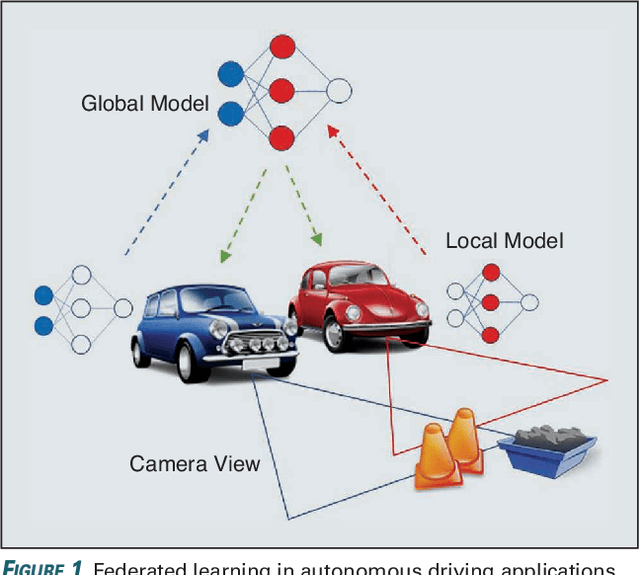
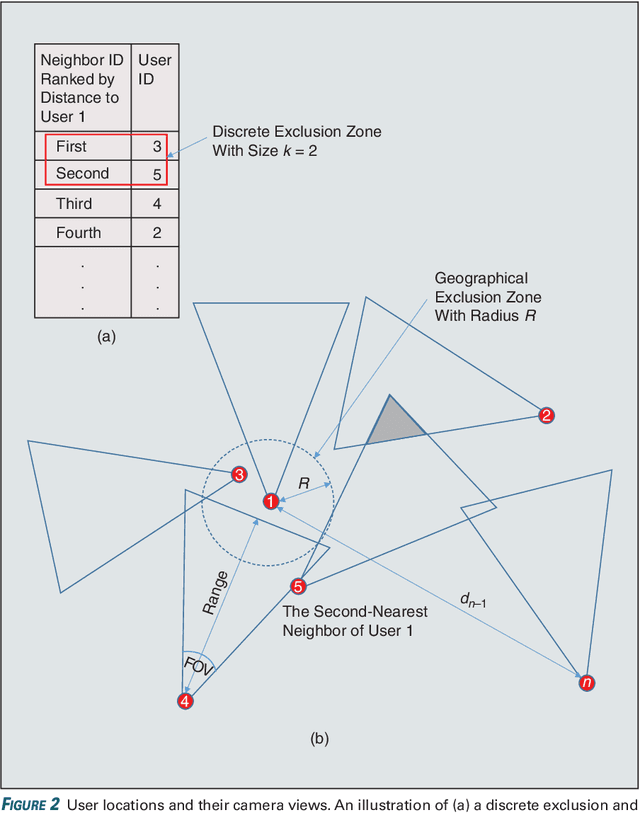
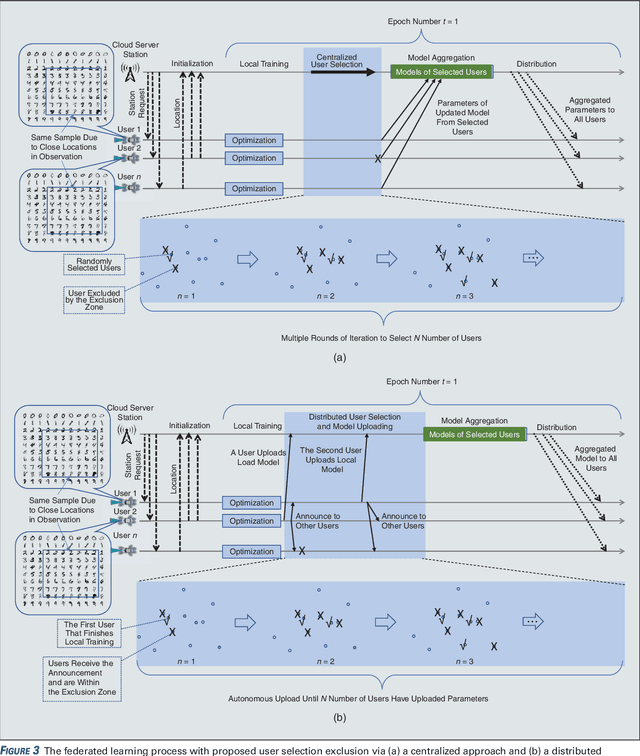
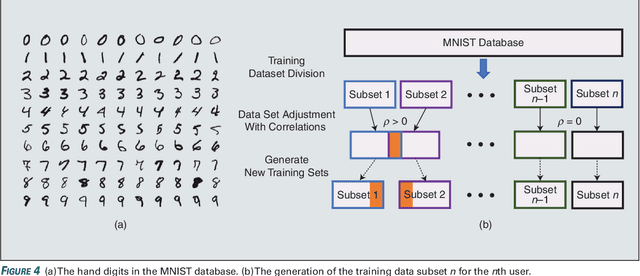
Abstract:User selection has become crucial for decreasing the communication costs of federated learning (FL) over wireless networks. However, centralized user selection causes additional system complexity. This study proposes a network intrinsic approach of distributed user selection that leverages the radio resource competition mechanism in random access. Taking the carrier sensing multiple access (CSMA) mechanism as an example of random access, we manipulate the contention window (CW) size to prioritize certain users for obtaining radio resources in each round of training. Training data bias is used as a target scenario for FL with user selection. Prioritization is based on the distance between the newly trained local model and the global model of the previous round. To avoid excessive contribution by certain users, a counting mechanism is used to ensure fairness. Simulations with various datasets demonstrate that this method can rapidly achieve convergence similar to that of the centralized user selection approach.
Restrained Generative Adversarial Network against Overfitting in Numeric Data Augmentation
Oct 26, 2020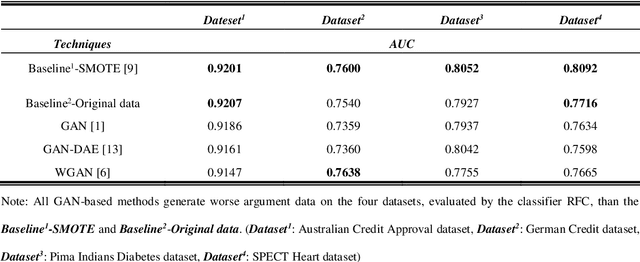

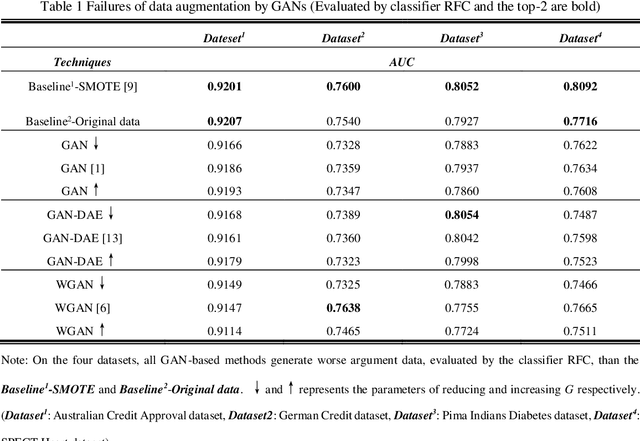

Abstract:In recent studies, Generative Adversarial Network (GAN) is one of the popular schemes to augment the image dataset. However, in our study we find the generator G in the GAN fails to generate numerical data in lower-dimensional spaces, and we address overfitting in the generation. By analyzing the Directed Graphical Model (DGM), we propose a theoretical restraint, independence on the loss function, to suppress the overfitting. Practically, as the Statically Restrained GAN (SRGAN) and Dynamically Restrained GAN (DRGAN), two frameworks are proposed to employ the theoretical restraint to the network structure. In the static structure, we predefined a pair of particular network topologies of G and D as the restraint, and quantify such restraint by the interpretable metric Similarity of the Restraint (SR). While for DRGAN we design an adjustable dropout module for the restraint function. In the widely carried out 20 group experiments, on four public numerical class imbalance datasets and five classifiers, the static and dynamic methods together produce the best augmentation results of 19 from 20; and both two methods simultaneously generate 14 of 20 groups of the top-2 best, proving the effectiveness and feasibility of the theoretical restraints.
Study of Constrained Network Structures for WGANs on Numeric Data Generation
Nov 05, 2019



Abstract:Some recent studies have suggested using GANs for numeric data generation such as to generate data for completing the imbalanced numeric data. Considering the significant difference between the dimensions of the numeric data and images, as well as the strong correlations between features of numeric data, the conventional GANs normally face an overfitting problem, consequently leads to an ill-conditioning problem in generating numeric and structured data. This paper studies the constrained network structures between generator G and discriminator D in WGAN, designs several structures including isomorphic, mirror and self-symmetric structures. We evaluates the performances of the constrained WGANs in data augmentations, taking the non-constrained GANs and WGANs as the baselines. Experiments prove the constrained structures have been improved in 17/20 groups of experiments. In twenty experiments on four UCI Machine Learning Repository datasets, Australian Credit Approval data, German Credit data, Pima Indians Diabetes data and SPECT heart data facing five conventional classifiers. Especially, Isomorphic WGAN is the best in 15/20 experiments. Finally, we theoretically proves that the effectiveness of constrained structures by the directed graphic model (DGM) analysis.
 Add to Chrome
Add to Chrome Add to Firefox
Add to Firefox Add to Edge
Add to Edge